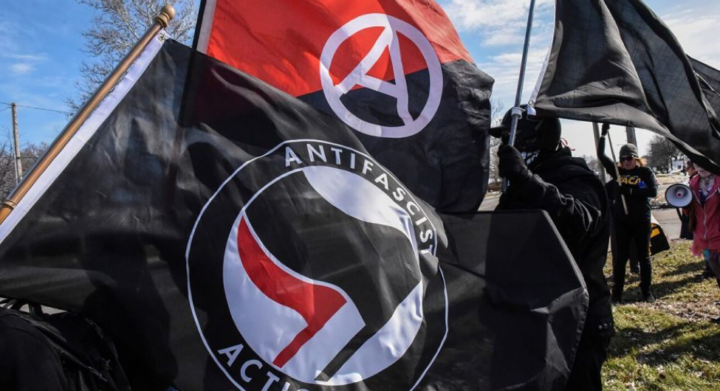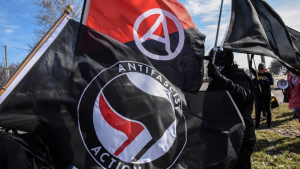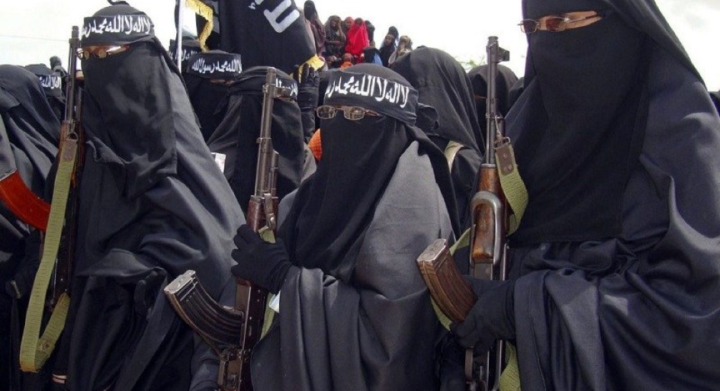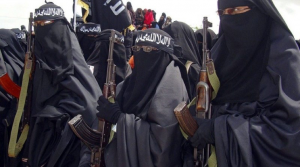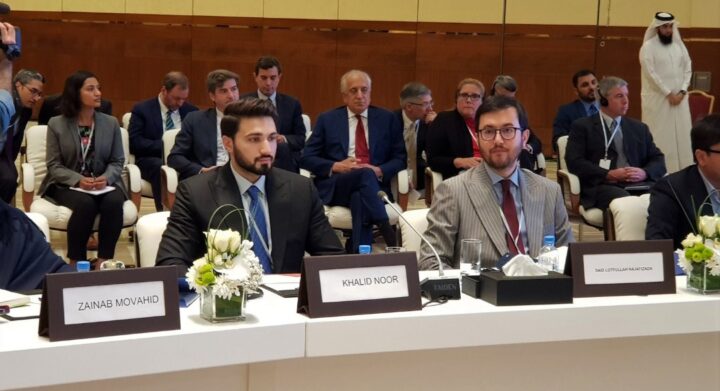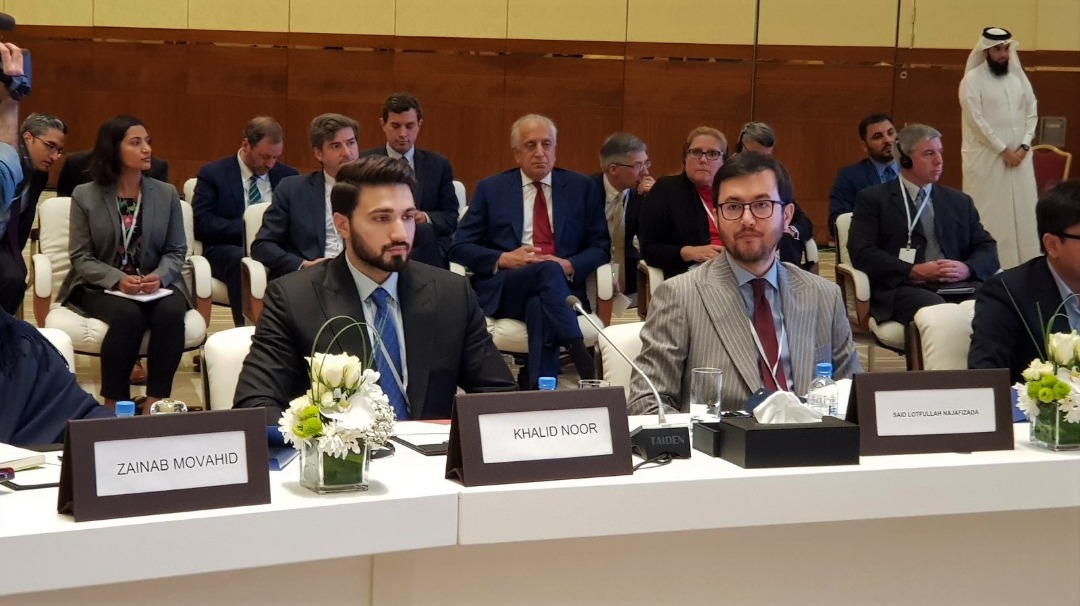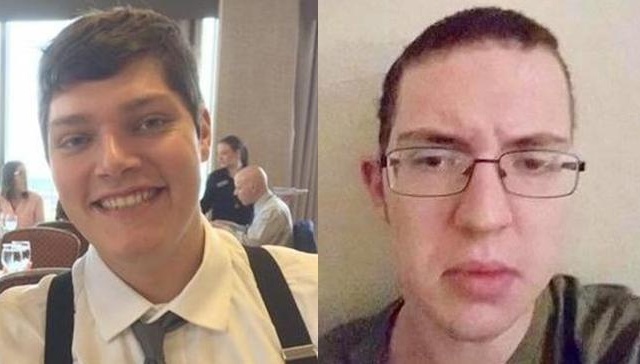
The two perpetrators of the Dayton, Ohio and El Paso mass shootings. (L) Connor Betts (R) Patrick Crusius. Image Source: Eurweb
Between August 3-4 2019, America was horrified by multiple mass killings across the nation. Dozens were left dead and even more injured. At least one of the events is being actively treated as an act of domestic terrorism, while the other appears to be linked to extremism. Below is a summary of the events, a summary of what is known about the perpetrators, and a summary of potential links between the attacks and societal repercussions of the horrific events.
The following summaries of the incidents and individuals are based on statements made by witnesses and relevant officials.
3 August 2019
Patrick Crusius, age 21, drove upwards of ten hours from his home to a Walmart in El Paso, Texas. Crusius exited his vehicle and entered the store where he sought to identify his potential targets based on the desire to kill and hurt as many people of Hispanic descent as possible. At the time of Crusius’ pre-attack surveillance, officials stated that there were between 1,000 and 3,000 people inside the Walmart. Crusius exited the store after satisfaction with the potential number of Hispanic victims inside. Just prior to the attack, a manifesto was circulated on digital extremist forums that highlighted anti-immigrant and racist conspiracy theories. The manifesto is posted under a pseudonym, however, it has largely been linked to Crusius. Crusius then prepared for the attack in or around his vehicle in the parking lot before commencing his plan. He was taken into custody near the scene. Twenty-two people have died thus far with dozens more injured.
4 August 2019
Connor Betts, age 24, appeared to have been active on social media on 3 August 2019. Earlier in the day, on the Twitter account associated with Betts, there was a retweet that called for Joe Biden to “Hurry up and Die”. In the wake of the news breaking about the attack in El Paso, the Twitter account “liked” several tweets that pertained to the attack. On the morning of 4 August 2019, Betts approached a popular bar in Dayton, Ohio, and began to open fire with a rifle. Law Enforcement was quick to respond, killing Betts on scene, but only after Betts managed to kill at least 9 people and injure dozens more. As of this writing, no manifesto or any communication of intent of the attack has been discovered. Prior to Betts’ Twitter account being taken down, it was discovered that Betts often commented support for various left-wing movements, stating his support for Senator Elizabeth Warren and Senator Bernie Sanders. There was at least one retweet in favor of an account linked to the far-left ANTIFA extremist group.
What Do We Know About the Perpetrators?
Patrick Crusius
Few people from Crusius’ personal life have come forward since the attack, therefore less is known about him. However, Crusius appears willing to speak with law enforcement following his arrest, and the manifesto that has been linked to him is telling. Crusius admitted to law enforcement officials that he purposefully targeted Hispanics in his attack. In the manifesto, a sociological/political theory known as “The Great Replacement Theory” is discussed, which is essentially an anti-immigrant ideology that calls for the separation of races. It has been linked to white supremacist attacks internationally and has at least a marginal following amongst white supremacist groups worldwide. Accounts have been discovered on extremist forums that are believed to belong to Crusius. A LinkedIn account believed to have belonged to Crusius shows that he had been unemployed for at least the last five months. The account, which has been taken down, stated that Crusius was largely uninterested in a career but was interested in computer software, as he stated that he spent most of his days on a computer anyway. It was not immediately clear if Crusius had any education after high school, and his economic and social life was not apparent.
Connor Betts
Multiple people have come forward who reportedly knew Betts, most painting an image of a dangerous individual. It has been reported that Betts had been suspended from high school at least once in reference to possession (and believed production) of a “hit list” and “rape list”. Betts was a musician and had at least some college education. He was a self-described “leftist” and “atheist”, but was described by peers as a loner and outcast. Multiple sources have reported that Betts had an obsession with mass shootings for some years. A female has come out and stated that she was dating Betts, but had broken up with him in May of 2019 over his concerning behavior. It is not clear if Betts was working at this time and his economic situation is unclear.
Potential Link Between the Attacks in El Paso and Dayton
As was mentioned earlier, a Twitter account linked to Betts ‘liked’ several tweets in regard to the El Paso attack, just hours before launching his own attack in Dayton. The attack in El Paso was rumored to be inspired by white supremacist ideology relatively quickly after the news broke and was subsequently confirmed as more information came out throughout the night. It is possible that Betts was inspired to launch an attack in furtherance of far-left extremism in response to the far-right attack in El Paso. That being said, it is unclear whether the attack in Dayton was pre-planned. As had been reported, Betts was obsessed with mass shootings for some time, however, his online links to the far-left cannot be ignored. His apparent following of the events in El Paso potentially link the two attacks as a form of tit-for-tat extremism between individuals on opposite sides of the political spectrum.
Online Extremism: A Domestic Issue
Both Crusius and Betts were active, at least in part, in online communications with extremist accounts or forums. Crusius has been linked to the publication of the Manifesto as discussed above and has been connected to profiles in extremist forums on websites such as “8chan”. Betts’ link to online extremism has been less clearly defined, but on at least one occasion he was connected to an ANTIFA account and shared a message in furtherance of the group.
While it is too early in the investigation to begin making definitive judgements about the level of influence such digital extremism had on either Crusius and Betts, it is clear that there is a connection between their actions and the extremist rhetoric that they consumed.
Preliminary Recommendations
It is too early for exact political and/or policy recommendations to be relevant. Both investigations remain active. However, as the attacks appear to be linked to the far end of both sides of the linear political spectrum, adding more rhetoric in an attempt to further politicize the event may serve to further radicalize individuals with like-minded ideas. People of influence on either side of the political spectrum should consider this when crafting their messaging to avoid further influence for extremism.
Digital extremism communications represent a real challenge for policymakers. Preventing the free exchange of ideas is fundamentally against the ideals of the United States, however, as events such as the ones discussed above demonstrate the potential dangers associated with the ideal. It is recommended, that any ‘red flag’ laws that are implemented should expressly allow for the admittance of online forum discussions in consideration of individual cases. Domestic law enforcement agencies must also develop capabilities for monitoring such forums that are linked to extremist ideologies. Intelligence-led policing must be brought to the forefront of the discussion as the leading chance for preventing domestic terrorism events.
John Patrick Wilson is the Director of the Domestic Counter-Terrorism Program at Rise to Peace with experience in law enforcement, political research, and counter-violent extremism research.




